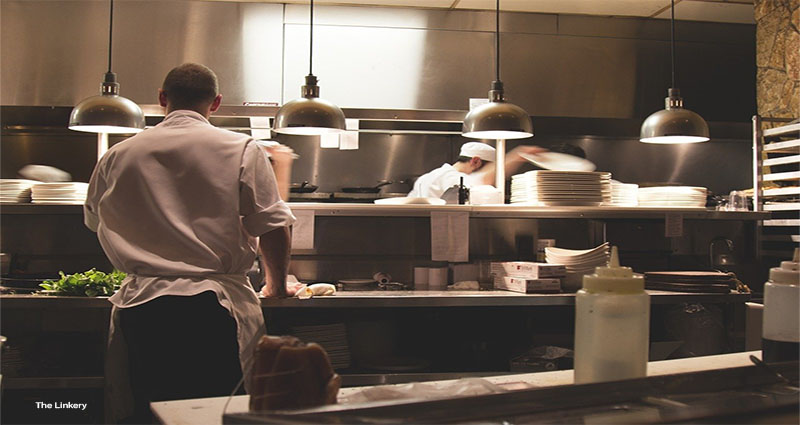When deciding how to set up your new business, consider setting up a small team. A small team is more affordable and efficient than a large kitchen. It can be more efficient to focus on a single cuisine than on a wide variety. You should create a business plan to make sure your startup runs smoothly. Here are some tips:
Cloud Kitchens are a Hybrid Between a Takeout Restaurant and a Soup Kitchen
Cloud kitchens are an innovative combination of a traditional soup and takeout restaurant. The technology behind these establishments enables a variety of operations, from a fast-food restaurant to a catering business. With the help of cloud technology, food preparation can be automated and orders are processed quickly and accurately. The chefs and kitchen staff can view and analyze order details in real-time, and can easily determine if their preparation time is too slow to satisfy customers.
Another distinct advantage of cloud kitchens compared to traditional restaurants is the cost savings. With only a minimal initial investment, cloud kitchens can operate on a 24-hour basis without the need for a traditional shopfront. Cloud kitchens also allow operators to focus on providing quality food and timely delivery while reducing the costs of rent and infrastructure. This allows them to operate around the clock and focus on the quality of their food.
They Eliminate the Need for a High-Traffic Location
Despite their low-cost nature, ghost kitchens have one significant benefit over traditional kitchens: they enable owners to focus on their core objective, which is catering to customers who order online and pick up at their restaurants. The high-volume demand for both types of food can be overwhelming, and ghost kitchens give owners the freedom to try new production concepts and optimize workflows. Ghost kitchens can also help solve common kitchen challenges, such as space and workforce issues, as well as maximize inventory efficiency and waste reduction.
They are Scalable
If you’re looking for a kitchen business plan that will scale over time, a multi-brand model may be the way to go. This strategy is a more advanced version of Cloud Kitchen, where you develop multiple brands and cuisines and open several outlets in different locations. You’ll also have full control over marketing and customer database management, as well as pricing and menu items. The disadvantages of this plan include limited cuisines and limited customers.
In a cloud kitchen, you don’t need a centralized kitchen or a big upfront investment. Instead, you can partner with an aggregator to take orders and handle delivery and billing. The advantage of this model is that it requires less startup capital. But, it doesn’t mean that it’s without risks. This business model is not for everyone, though. There are many advantages to a cloud kitchen model.












